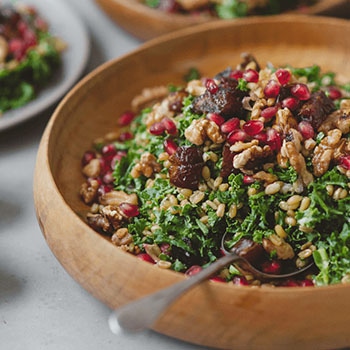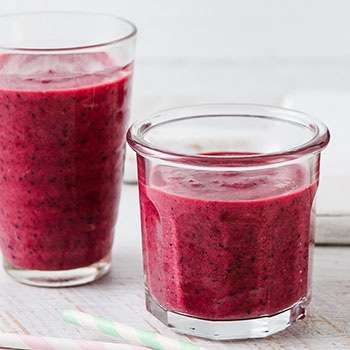
Wholegrains may be better than fruit and veg for reducing the risk of heart disease
Getting enough fibre does far more than keep you regular, it can also help look after your heart, brain and gut.
We are now also learning that some fibres may be better than others, especially when it comes to reducing inflammation naturally and lowering the risk of heart disease.
A new study by researchers at Columbia University, USA, followed 4,125 people for 26 years, tracking their diet and testing their blood.
It revealed that eating more fibre helped to lower the risk of cardiovascular disease.
It’s not the first time the heart health benefits of fibre have been observed. A higher fibre diet has previously been shown to improve risk factors of heart disease including managing cholesterol, blood pressure, weight, and regulating blood sugars.
What’s particularly interesting with this study is that the researchers also looked at specific sources of fibre.
Fibre can come from fruit, veggies, legumes (dried peas, beans and lentils), grains, seeds and nuts, basically any plant food.
The researchers found that cereal fibre from wholegrains was consistently linked to a lower risk of heart disease and less inflammation, something they didn’t find in the fibre from fruit and veggies.
While more research is needed, it adds to growing evidence that there is something very special about cereal fibre in wholegrains.
Why is cereal fibre so good?
Many of the cereal fibres and antioxidant compounds found in grains are unique and often found in higher amounts than in any other plant-based foods.
In the gut, they feed gut bacteria and deliver long-lasting antioxidant protection where it’s needed most, including to areas of the colon that are prone to cancerous changes.
Fibre, including cereal fibre, also helps the gut to produce short-chain-fatty acids, which may help reduce the risk of inflammation, type 2 diabetes, heart disease and some cancers.
The takeaway message – wholegrains can complement the goodness you get from fruit, veggies and other plant foods. Eating 2-3 serves of wholegrain foods each day, you can reduce your risk of developing chronic disease by 20-30%.
So, look for ways to eat more wholegrain foods such as wholegrain breakfast cereals, rices and delicious grainy bread.
10 ways to eat more wholegrains and up your daily dose of cereal fibre:
TIP – Increase your fibre intake slowly, as a sudden increase in fibre may lead to abdominal discomfort associated with bloating. Make the switches to your diet gradually and remember to drink plenty of water!

The latest nutrition advice, plus health and wellness tips delivered to your inbox monthly











